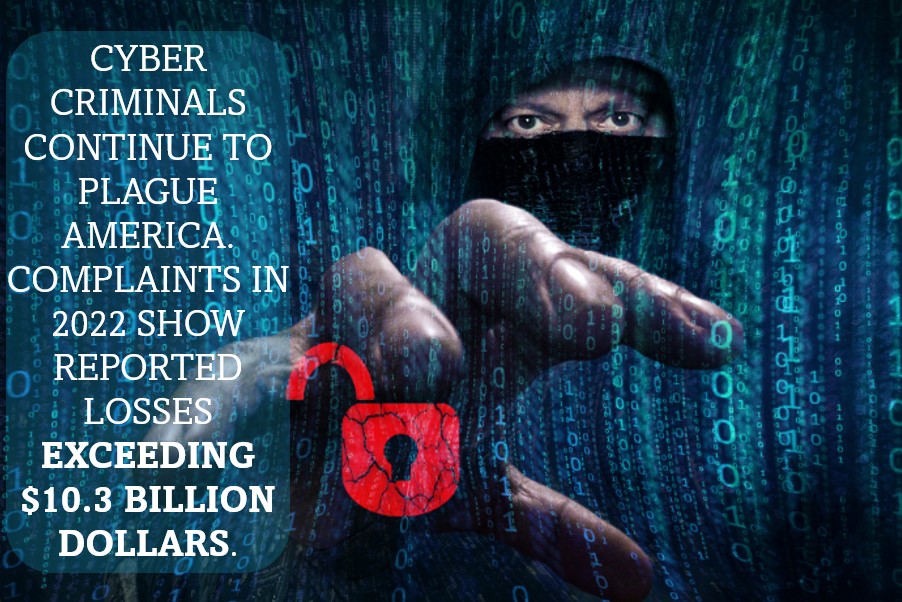Unmasking Cybercriminal’s Intentions
January 9, 2024

In the digital age, our personal information is a sought-after treasure for cybercriminals. But have you ever wondered what they do with the data they steal? This blog post dives into the dark corners of cybercrime to uncover the unsettling reality of how stolen data is exploited and the far-reaching consequences for victims.
Chapter 1: Fueling Identity Theft
One of the most insidious uses of stolen data is identity theft. Cybercriminals can use your personal information, such as Social Security numbers, birthdates, and addresses, to impersonate you and commit various fraudulent activities. This can include opening credit accounts, applying for loans, or filing false tax returns – all under your name.
Chapter 2: The Lucrative World of Financial Fraud
Stolen financial data, such as credit card numbers and bank account information, is like gold for cybercriminals. They can sell these details on the dark web to other criminals or use them directly to make unauthorized transactions, drain accounts, and wreak havoc on victims’ finances.

Chapter 3: Ransomware and Extortion
Ransomware attacks involve encrypting a victim’s data and demanding a ransom for its release. Cybercriminals leverage stolen data as leverage, threatening to expose sensitive information unless victims pay up. This not only causes financial harm but also breaches victims’ privacy and emotional well-being.
Chapter 4: Creating a Web of Deception
Cybercriminals often gather enough information to create elaborate scams that target victims’ friends, family, and colleagues. With stolen data in hand, they craft convincing emails or messages, tricking recipients into believing they’re interacting with a familiar contact. This enables cybercriminals to orchestrate financial fraud or spread malware.
Chapter 5: Building Bot Armies
Stolen data is used to create bot armies – networks of compromised devices controlled by cybercriminals. These armies are deployed to launch DDoS attacks, spread malware, or engage in other malicious activities that disrupt online services and compromise cybersecurity.

Chapter 6: The Sale of Personal Information
On the black market, stolen data is bought and sold like any other commodity. This underground economy thrives on personal information that can be used for various criminal purposes. The more comprehensive the data, the higher its value to cybercriminals.
Chapter 7: Psychological Manipulation
Cybercriminals exploit stolen data to launch targeted phishing campaigns. Armed with personal details, they craft convincing messages that prey on victims’ fears, desires, or vulnerabilities. This psychological manipulation can lead individuals to disclose further sensitive information or unknowingly install malware.
Guarding Against Cybercriminal Exploitation
Understanding what cybercriminals do with stolen data is a stark reminder of the importance of cybersecurity. Protecting your personal information through robust security practices, strong passwords, regular software updates, and vigilance against phishing attempts is crucial. By staying informed and proactive, you can minimize your vulnerability to these digital predators and safeguard your digital life.
Have Any Question?
Call or email Cocha. We can help with your cybersecurity needs!
- (281) 607-0616
- info@cochatechnology.com




